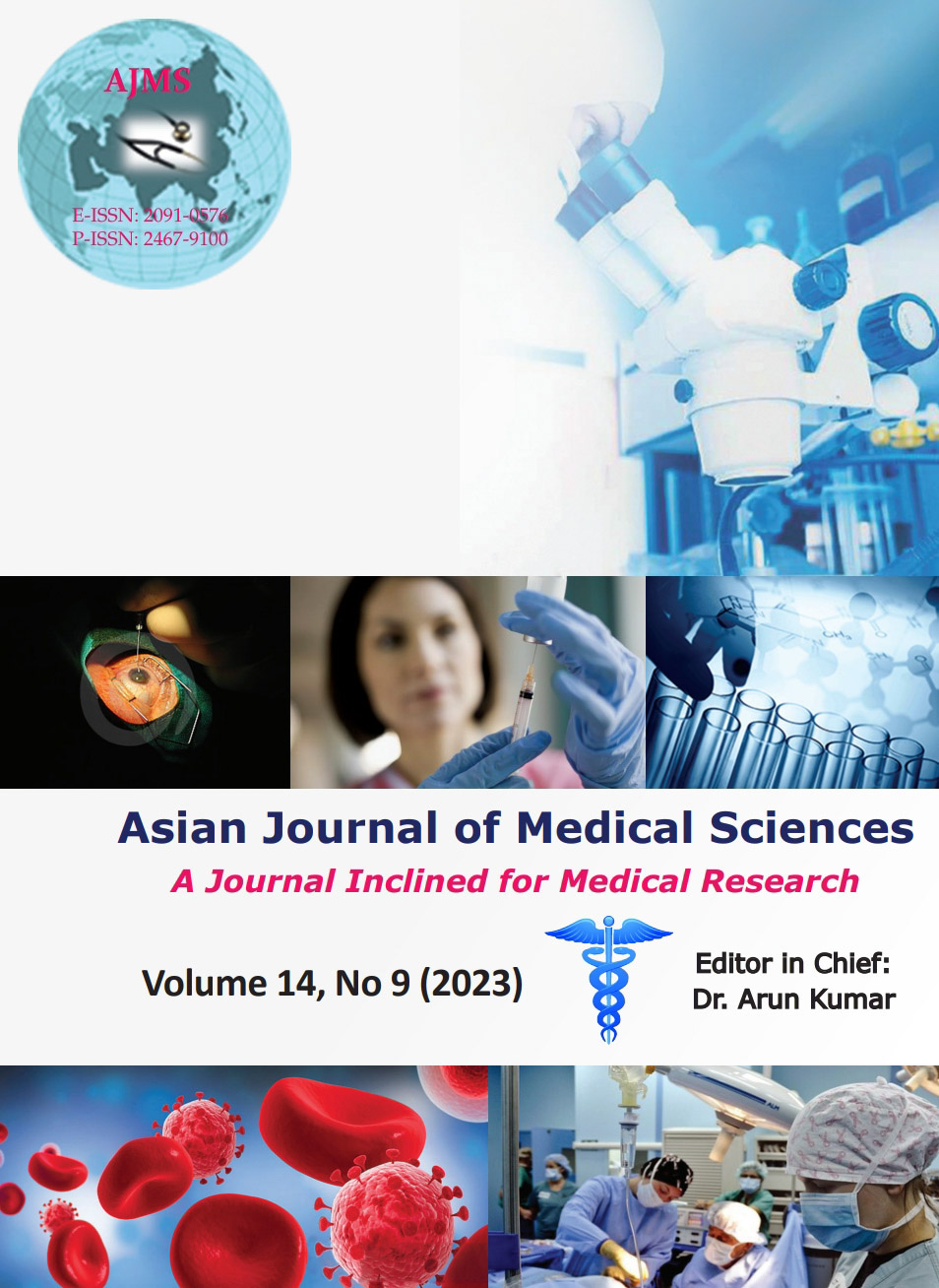SEM study of resin tags depth for filled pit and fissure sealants using subpressure and adhesive system - An experimental analysis
Keywords:
Pit and fissure sealant; Subpressure; Adhesive; Scanning electron microscope; Resin tag depthAbstract
Background: Pit and fissure caries account for about 90% of the caries of permanent posterior teeth and 44% of caries within the first teeth in children and adolescents. Sealant application may be a preventive conservative approach. However, it is still challenging to bolster the retention of the filled sealant and to chop back the microleakage.
Aims and Objectives: To evaluate and compare the depth of resin tags of three filled pit and fissure sealants (PFS) using subpressure and adhesive system under scanning electron microscope (SEM).
Materials and Methods: This study was in vitro experimental study. Forty-five orthodontically extracted premolars were prepared for resin tag depth measurement and divided according to materials and subgroups. Group A- Resin-based filled PFS, Group B- Resin modified glass ionomer-based filled PFS, Group C- Giomer based filled PFS. Subgroup 1- Only sealant application, Subgroup 2- Subpressure application, Subgroup 3-Adhesive system + Subpressure application. Samples were subjected to thermocycling. The sectioned tooth fragments were polished using a carbide stone and then mounted under SEM for analysis. Photographs of the sections were obtained and the resin tag lengths were measured. Unpaired t-test and one-way analysis of variance test used for analysis. Results were considered significant when P<0.05.
Results: The depth of resin tags of the tested materials differed significantly for Giomer-based and resin-modified glass ionomer-based filled PFS group with P<0.05. Whereas Resin-based filled PFS group was not found significant P>0.05 for the depth of resin tags.
Conclusion: This study concludes that Giomer based filled PFS group and Resin-modified glass ionomer-based filled PFSs showed the highest Resin tag depth respectively when compared with Resin-based filled PFSs. The Subpressure application group was more effective followed by Adhesive+subpressure application group and Control group.
Downloads
Downloads
Published
How to Cite
Issue
Section
License
Copyright (c) 2023 Asian Journal of Medical Sciences

This work is licensed under a Creative Commons Attribution-NonCommercial 4.0 International License.
Authors who publish with this journal agree to the following terms:
- The journal holds copyright and publishes the work under a Creative Commons CC-BY-NC license that permits use, distribution and reprduction in any medium, provided the original work is properly cited and is not used for commercial purposes. The journal should be recognised as the original publisher of this work.
- Authors are able to enter into separate, additional contractual arrangements for the non-exclusive distribution of the journal's published version of the work (e.g., post it to an institutional repository or publish it in a book), with an acknowledgement of its initial publication in this journal.
- Authors are permitted and encouraged to post their work online (e.g., in institutional repositories or on their website) prior to and during the submission process, as it can lead to productive exchanges, as well as earlier and greater citation of published work (See The Effect of Open Access).




